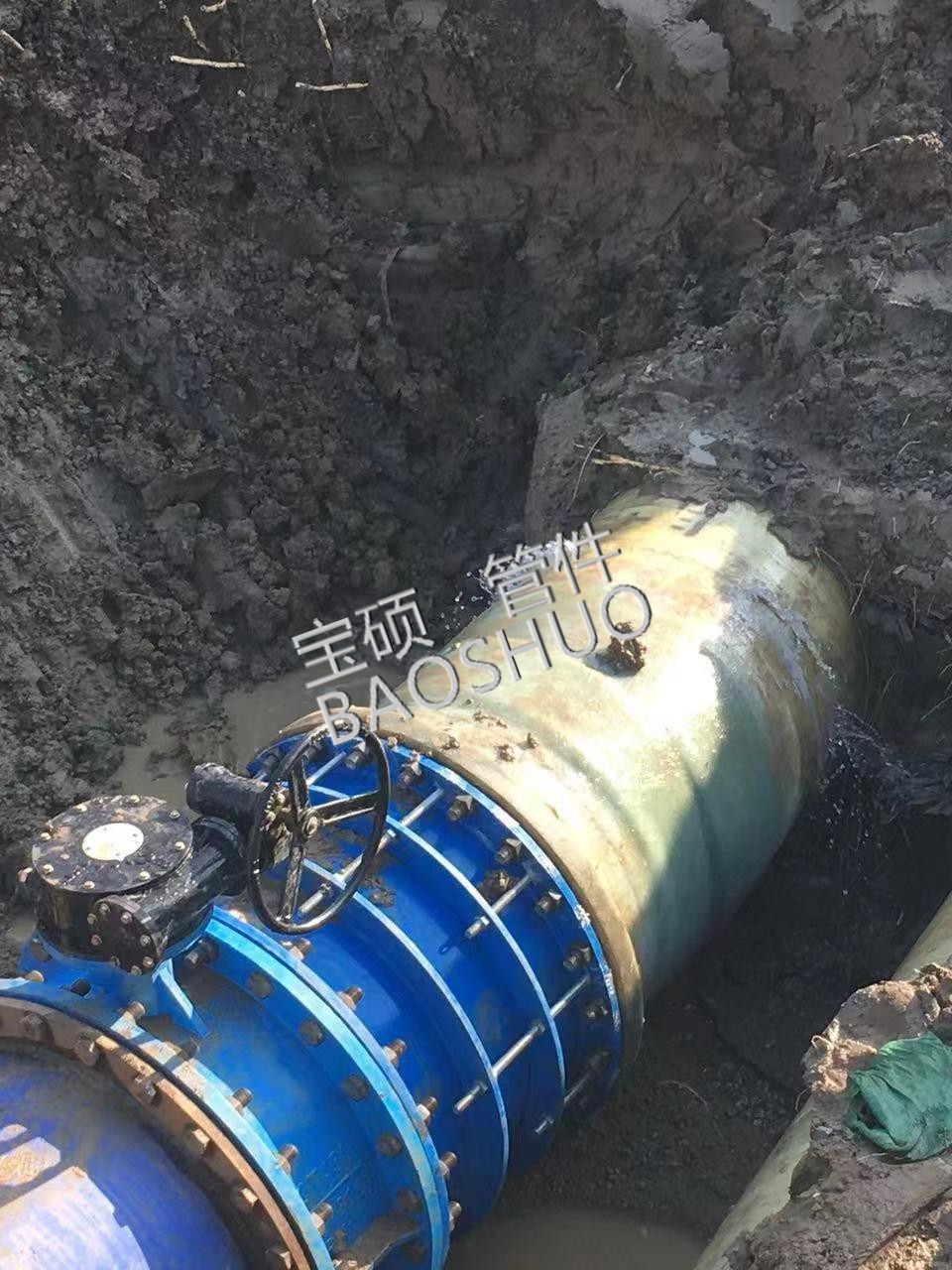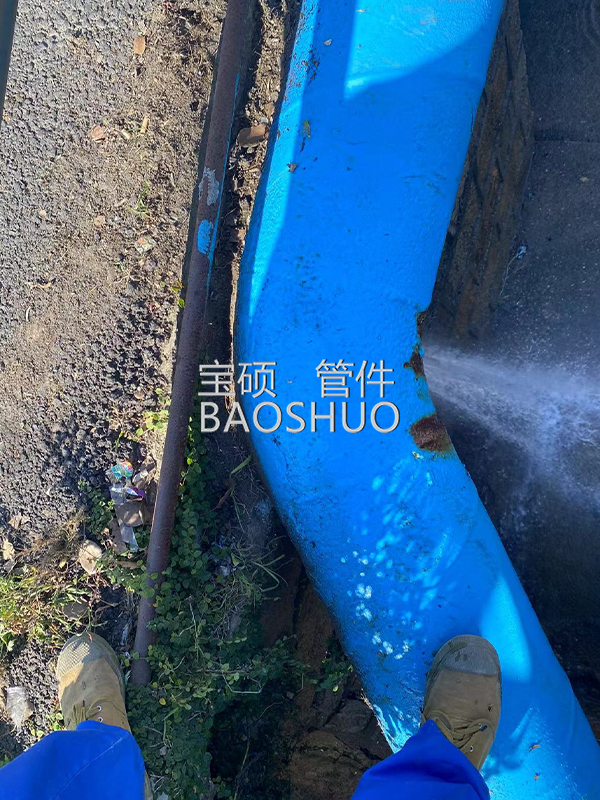Fiberglass steel pipe
-
Repair method of glass fiber reinforced plastic pipe leakage, the benefits of using emergency repairFRP pipe leaks are usually caused by corrosion, damage from external forces, improper installation, or aging. Repair methods fall into two main categories: water outage repairs and pressurized repairs.
-
Regarding the causes and treatment methods of flange leakage failure, as well as the advantages of using pipeline repair joints (also known as "pipe repair clamps" or "clamp-type repair joints"). Flange connection leakage is a common failure in pipeline systems, and its causes can usually be attributed to the following aspects:
-
Well, this is a very practical and important question in plumbing engineering. While PE (polyethylene) piping systems are corrosion-resistant and flexible, their elbows are common leaks, and their repair methods differ significantly from those for steel pipes. We will address this in detail from the following three aspects.
-
This is a very common and important problem in industrial pipeline maintenance. Let's explain it in detail step by step. Why are steel pipes prone to leakage? What are the factors that cause it? Why is it difficult to repair under pressure? What are the solutions to leaks?
-
This is a very professional and practical question. Repairing large pipe leaks (over 1 meter in diameter) is a systematic process, requiring a safe, efficient, and reliable solution. Common repair methods for large pipe leaks (>DN1000). Large pipes (such as municipal water mains and industrial pipelines) bear high pressure and have significant impacts, so their repair methods fall into two main categories:
-
In industrial production and everyday life, wherever fluid transport is involved, two key components are essential: flow meters and pipe flow meter clamps. The former acts as a "fluid measurer," precisely measuring the flow rate and total volume; the latter acts as a "reliable connector," ensuring stable flow meter operation and leak-proof fluids. Today, we'll explore the roles and value of these two components from a more accessible perspective.
-
Although both FRP pipes and RPMP pipes are composite material pipes, in actual engineering, the difference between the two is quite obvious, from structure to usage. Let's talk about it in detail:
-
RPM pipes and RPMP pipes have similar names, but the actual difference lies in whether there is a "sand inclusion layer" in the structure. This directly determines their performance and usage. Let's break it down:
-
To solve the connection and leakage prevention problems of DN2800 fiberglass tees, a systematic solution should be designed based on the characteristics of large-diameter pipes (weak rigidity, significant thermal expansion and contraction, and complex interface stress). The following are the key technical points for repairing leaks:
-
To address the connection and leak prevention issues of large DN2600 (2600mm diameter) fiberglass pipe elbows, a multi-faceted sealing and reinforcement solution must be designed based on the characteristics of large pipe diameters (such as high thermal expansion coefficient, low rigidity, and interface stress concentration). The following are key connection methods and leak prevention techniques, as well as repair clamps that can be used if a leak occurs:...


















